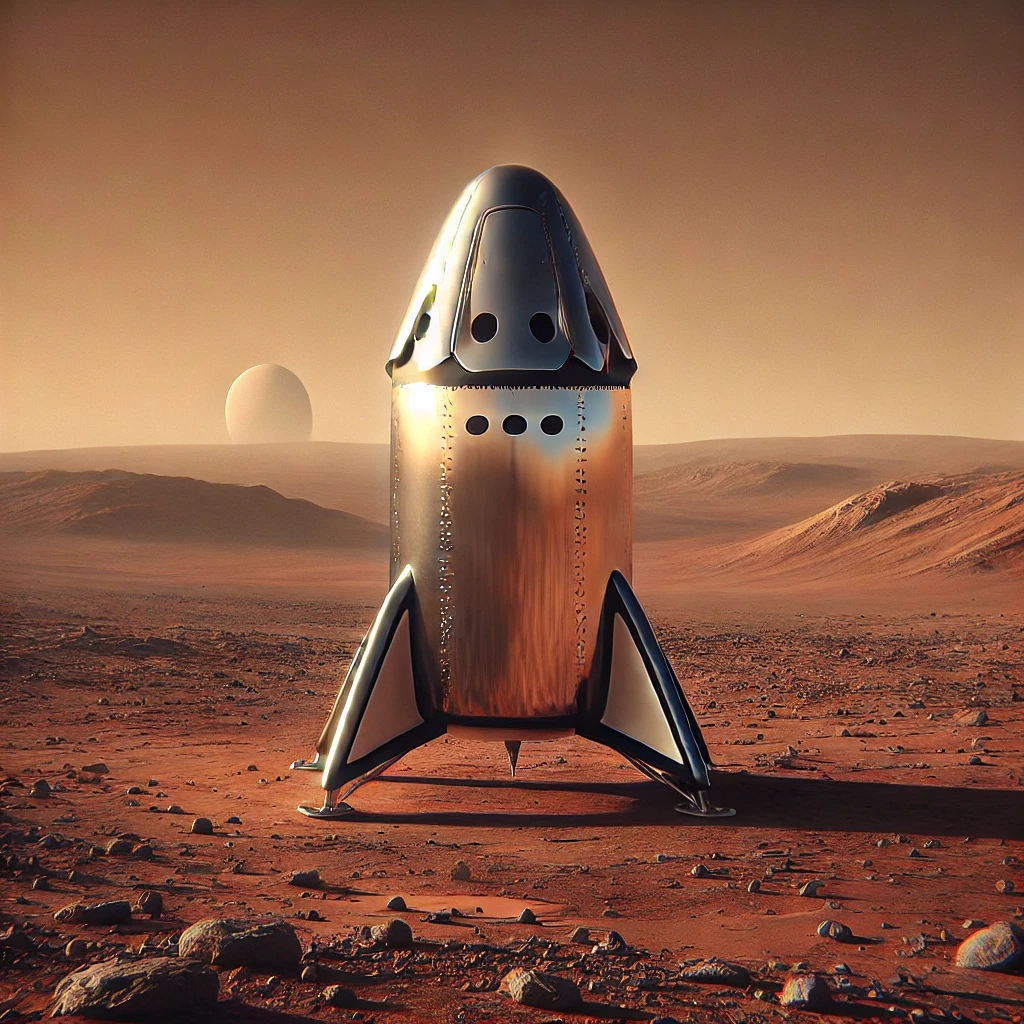2024 Year-to-Date: Milestones and Challenges in Mars Colonization and Mining
- Alec Weinstein
- Jul 9, 2024
- 2 min read
2024 has been a pivotal year in the journey toward Mars colonization and the challenges faced in mining its rich resources. From groundbreaking scientific discoveries to technological advancements, the year has been filled with significant developments. This blog post will cover the latest updates and explore the challenges that come with mining on the Red Planet.
1. Major Milestones in Mars Colonization
January 2024 - NASA’s Perseverance Rover Hits a Milestone: The Perseverance Rover successfully collected its first sample of Martian rock, offering valuable insights into the planet's geology and potential signs of ancient life. This milestone sets the stage for future human missions, providing crucial data for planning sustainable living conditions on Mars.
March 2024 - SpaceX's Starship Prototype Achieves Successful Landing: SpaceX's Starship prototype successfully landed on Mars, marking a significant achievement in reusable spacecraft technology. This advancement brings us closer to the reality of regular human travel to Mars, making the dream of colonization more tangible.
June 2024 - Establishment of the First Mars Habitat: The International Mars Research Consortium (IMRC) announced the successful deployment of the first semi-permanent habitat on Mars. This habitat is designed to support a small team of astronauts for extended missions, focusing on testing life support systems, agriculture, and in-situ resource utilization.
2. Challenges of Mining on Mars
Geological Uncertainties: Mars’ surface is a treasure trove of minerals, but the geological uncertainties pose significant challenges. The varying terrain, unknown stability of subsurface structures, and the potential for seismic activity complicate mining operations.
Technological Hurdles: Mining on Mars requires advanced robotics and automation. The harsh Martian environment, with its extreme temperatures and dust storms, demands robust and reliable technology. Current robotics technology is still in the development phase, with prototypes being tested for durability and efficiency.
Resource Processing: Extracting and processing Martian resources is a complex task. The lack of water, necessary for many mining processes, requires innovative solutions. Scientists are exploring methods like electrolysis to extract oxygen from the Martian atmosphere and using regolith (Martian soil) for construction materials.
Human Factors: The physical and psychological well-being of astronauts poses another layer of challenge. Prolonged exposure to low gravity, radiation, and isolation affects health and performance. Solutions being explored include advanced medical facilities, psychological support systems, and adaptive habitats designed to mimic Earth-like conditions as closely as possible.

3. Future Prospects
Despite these challenges, the progress made in 2024 is promising. International cooperation and continuous innovation are key to overcoming the hurdles of Mars colonization and mining. As we advance, each success brings us closer to making Mars a viable option for human habitation and resource extraction.
The next steps involve more rigorous testing of habitats, further development of mining technology, and ensuring the well-being of astronauts. With each passing day, humanity’s dream of living and working on Mars inches closer to reality.
Conclusion
The year 2024 has seen remarkable advancements in our quest to colonize and mine Mars. While significant challenges remain, the progress made is a testament to human ingenuity and determination. As we look to the future, the dream of a thriving human presence on Mars is becoming increasingly achievable.
Stay tuned for more updates as we continue to explore the final frontier and uncover the secrets of the Red Planet.







Comments